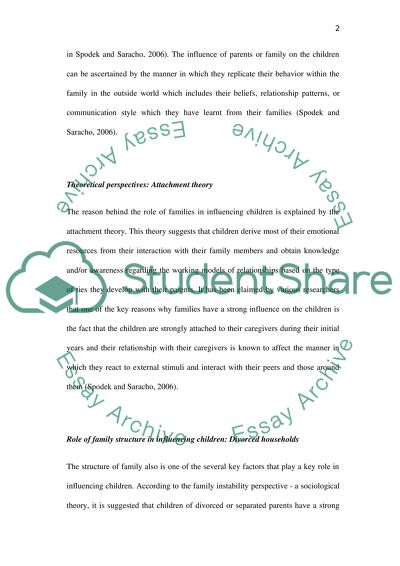Cite this document
(“Influence of family on children Research Paper Example | Topics and Well Written Essays - 1250 words”, n.d.)
Retrieved from https://studentshare.org/education/1472356-research-paper-family-influences-children-use-at
Retrieved from https://studentshare.org/education/1472356-research-paper-family-influences-children-use-at
(Influence of Family on Children Research Paper Example | Topics and Well Written Essays - 1250 Words)
https://studentshare.org/education/1472356-research-paper-family-influences-children-use-at.
https://studentshare.org/education/1472356-research-paper-family-influences-children-use-at.
“Influence of Family on Children Research Paper Example | Topics and Well Written Essays - 1250 Words”, n.d. https://studentshare.org/education/1472356-research-paper-family-influences-children-use-at.


